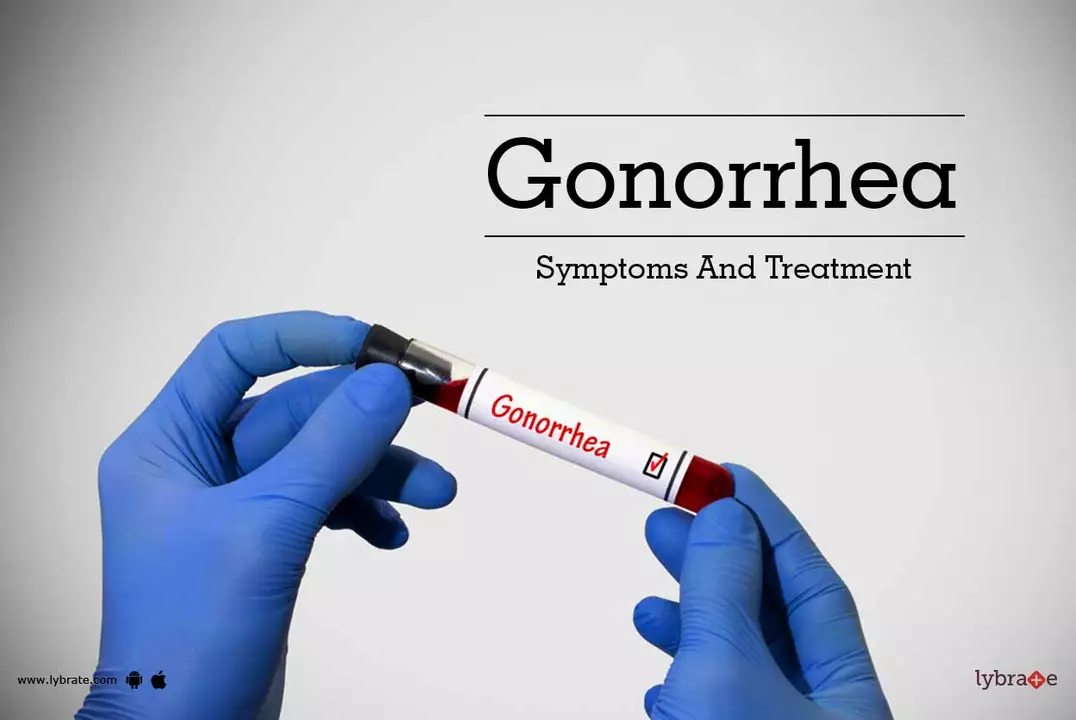Chlamydia: What It Is, How to Spot It, and How to Deal With It
If you’ve heard the word chlamydia and wonder what it really means, you’re not alone. It’s a common sexually transmitted infection (STI) caused by bacteria called Chlamydia trachomatis. Most people catch it through vaginal, anal, or oral sex, and many don’t notice any symptoms at first.
How to Spot Chlamydia Symptoms
The tricky part is that chlamydia often hides. When signs do show up, they’re usually mild and can be confused with a bladder infection or nothing at all. In women, you might feel burning when you pee, notice unusual discharge, or get pelvic pain. Men may see a clear or cloudy discharge from the penis, experience pain while urinating, or have swelling in the testicles.
If you’ve had unprotected sex in the past few weeks, it’s smart to watch for any of these clues—even if they seem minor. Remember, symptoms can appear anywhere from a week to several months after exposure, so staying alert is key.
Testing and Getting Treated
The fastest way to know for sure is getting tested. Most clinics offer a simple urine test or a swab that takes just minutes. Some places even have at‑home kits you can mail in. Results usually come back within a day or two, and if it’s positive, treatment is straightforward.
Doctors prescribe antibiotics—usually azithromycin in a single dose or doxycycline taken twice daily for a week. It’s crucial to finish the whole course, even if you feel better early on. Also, your partner(s) need treatment too; otherwise, reinfection is likely.
After finishing meds, you should wait about a week before testing again to confirm the infection is gone. Until then, avoid sex or use condoms every time.
Prevention works best when you combine safe habits: use condoms consistently, get regular STI screenings (especially if you have new or multiple partners), and talk openly with partners about testing history.
If you’re worried you might have chlamydia, don’t wait. Many health centers offer free or low‑cost testing, and the process is quick and confidential. Catching it early stops complications like pelvic inflammatory disease in women or infertility issues in both sexes.
Bottom line: chlamydia is common, treatable, and usually painless—so that’s why you often don’t know you have it. Stay informed, get tested regularly, and follow the treatment plan if needed. Your health stays on track when you take simple steps today."

The use of Ofloxacin in the treatment of chlamydia and gonorrhea
As a blogger, I recently came across some interesting information regarding the use of Ofloxacin in treating chlamydia and gonorrhea. Ofloxacin is an antibiotic that has been shown to be effective in treating these common sexually transmitted infections. It works by inhibiting the growth of bacteria, ultimately helping our body's immune system to eliminate the infection. However, it's important to note that resistance to Ofloxacin has been reported, so it's crucial to follow the advice of healthcare professionals to ensure proper treatment. Overall, Ofloxacin is a valuable option for treating chlamydia and gonorrhea, but it's essential to stay informed about potential resistance and alternative treatments.